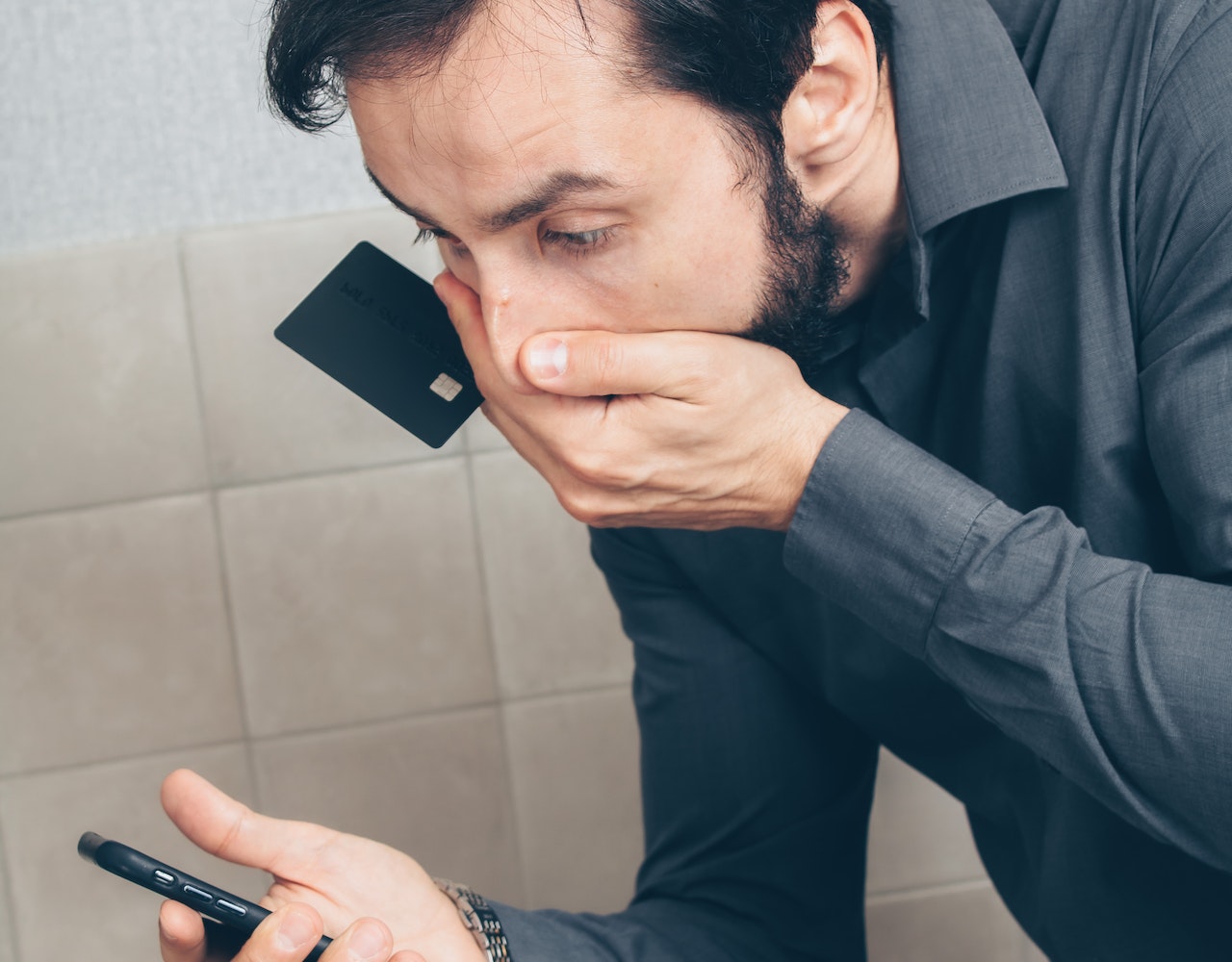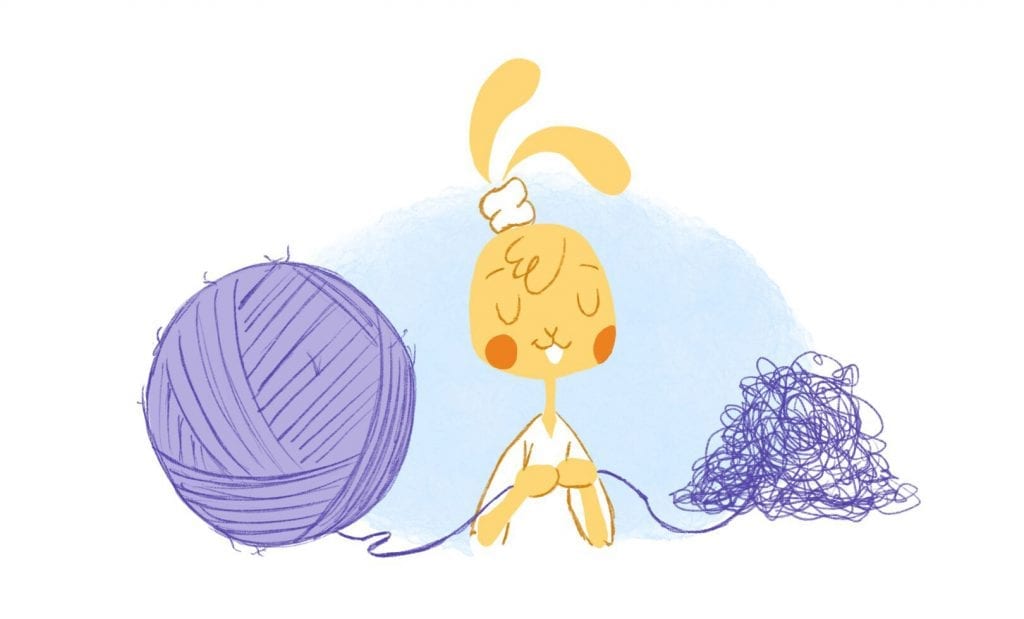

Security and privacy is something you should be thinking about often. If you’re a business leader, you want to ensure protocols are implemented to keep your employees and your client’s personal information secure. As a freelancer or contractor, you want to ensure that your personal banking information is only shared with reputable clients for invoicing purposes. As a parent, you want to protect your family’s financial, health, and other private records.
Unfortunately, hackers are getting smarter and wiser, finding unique ways to target you and jeopardize your safety. From 2021 to 2022, the number of cyberattacks increased by 38%. Attackers are becoming more educated in the collaborative tools companies have used since the pandemic. They are also now using AI and machine learning tools to their advantage to exploit personal data.
One application you likely use daily that is at risk of being attacked and compromised is your digital calendar. Your calendar includes private information in regard to your work and your personal life. Since your calendar synchronizes data across multiple devices, including laptops, smartphones, and tablets, it is at an increased risk.
This isn’t to say you should forgo using a digital calendar and switch back to a paper wall or pocketbook calendar. Instead, it’s a bit of motivation to think about your calendar security settings more closely and tighten the reins on accessibility. Below are three essential tips for safeguarding your calendar data and setting up privacy settings across various digital calendar platforms.
1. Enable Two-Factor Authentication
Two-factor authentication, sometimes called 2FA, is an additional layer of security built to deter hackers. It can be activated for numerous applications, including social media platforms, HR or invoicing systems, email accounts, and digital calendars. As the name suggests, two-factor authentication needs two separate forms of identification for login. The first is typically a secure password. The second is usually a PIN sent to your email or texted to your smartphone.
While it can be annoying when trying to login to a closed application quickly, two-factor authentication is a vital guardrail. Nearly 20% of passwords are compromised. And because individuals typically use the same password for multiple logins, one compromised password can lead to several data breaches. Two-factor authentication isn’t foolproof, so you must create strong, unique passwords.
Google, Microsoft, and Apple calendars all allow for two-factor authentication. Google users should go to Security under the main navigation panel and select ‘2-Step Verification’ under ‘Signing in to Google.’ If you use Microsoft Outlook Calendar, go to Security & Privacy, then ‘More Security Settings,’ then ‘Set up two-step verification.’ Microsoft allows you to use your email, phone, or the Microsoft account app for the second verification. Those using Apple can turn on two-factor authentication under Settings, your name, and then ‘Password & Security.’
2. Be Strategic With Calendar Sharing
Sharing your calendar with others can make scheduling meetings and appointments easier. It provides seamless collaboration, as those with access to your calendar can find a scheduling event that works best for everyone. However, whenever you share personal information, you need to consider privacy matters. Unless the correct settings are in place, what you add to your calendar can be viewable and sometimes editable by others. Also, remember that a publicly accessible calendar can be used against you in phishing scams.
Being strategic with calendar sharing means adding specific security parameters. First, ‘disable make available to the public’ as you don’t want your calendar to get into the hands of hackers. This setting isn’t customarily turned on for personal calendars, but it may be enabled for your work calendar. Second, turn on the ‘free/busy’ setting so others will know when you aren’t available but won’t be able to see what you’re doing during this time. This can be set up across the most popular digital calendar platforms, including Google, Microsoft, and Apple.
Also, be sure you are reviewing your shared calendar settings routinely. You may have needed to share your calendar with colleagues for a particular project. Now that the project is complete, they don’t need as much access to your calendar. The same goes for family members and friends who may have wanted to see when the best week for vacation would be for everyone. Now that the holiday has passed, you likely don’t need to share your calendar with them.
3. Hide Event Details
The beauty of digital calendars is that you can add as much information as you need to the description box. A calendar invite for a team meeting can include the main agenda, links to relevant documents, and a recap of the last meeting. Even a salon appointment you made for yourself can consist of your stylist’s name, salon phone number, and exact address. While all of these details may be helpful to you, they can benefit scammers looking to hack your identity.
Hiding event details is a practice you should implement for all or many of your scheduled events and appointments. If you use Microsoft Outlook, select ‘Private’ in the toolbar at the top when creating the event. Google users can access this by clicking on a specific event and changing the default visibility settings. Apple Calendar users may want to create a separate private calendar for appointments where detailed information will be revealed.
Chances are, many of your meetings are happening over video conferencing. Similar to hiding the location and specifics of an event, you also want to make sure meeting links are set to private. This will restrict random people, including uninvited coworkers and hackers, from joining your virtual meeting. If you use Zoom, click on the ‘Meeting’ tab and then go to ‘Transform all meetings to private’ or ‘Hide host and meeting ID.’ If you use Google Chat, click on the Settings cog under the ‘Join with Google Meet’ button and deselect ‘Quick Access.’
Privacy Takeaways and Tips
No matter how many security settings you put in place, remember that nothing is 100% dependable. Falling for a phishing email or calendar invite that looks too good to be true can happen to anyone. Hackers and scammers are becoming more sophisticated with their targeting efforts, meaning you need to be more observant.
First of all, if something looks suspicious, it probably is. Always look at the email address from which something was sent and never click on links emailed to you. If something is spam, report the email and block the user address from sending you more messages. Doing so will protect them from entering and accessing your digital calendar.
When traveling, only use secure Wi-Fi or login using your work’s personalized VPN system. If you need to check your digital calendar away from your home or office, do so in a safe place. Don’t click on any pop-up calendar subscriptions, even if they seem to be coming from a legitimate site. When logging onto virtual meetings, identify that the Zoom, Microsoft Teams, or Google Chat link is coming from someone you know and trust. Keeping your calendar safe requires some work, but it will save you a major headache if an unwarranted party undermines your data.
Featured Image Credit: Photo by Mikhail Nilov; Pexels; Thank you!











John Hall
John Hall is the co-founder of Calendar a scheduling and time management app. He’s also a keynote speaker that you can book at http://www.johnhallspeaking.com.